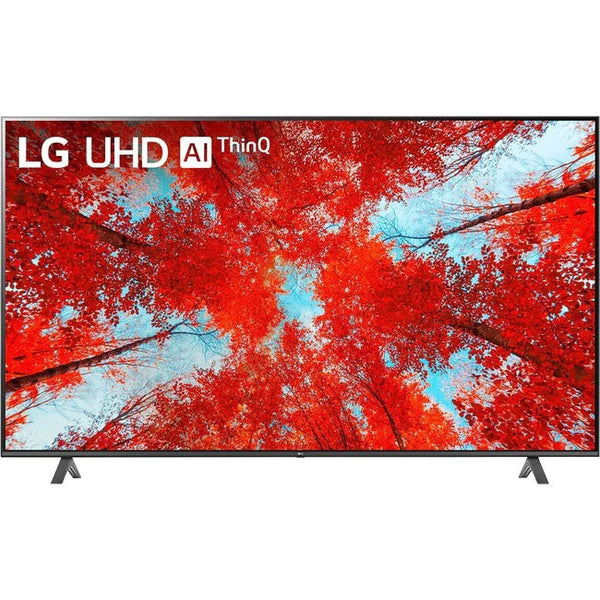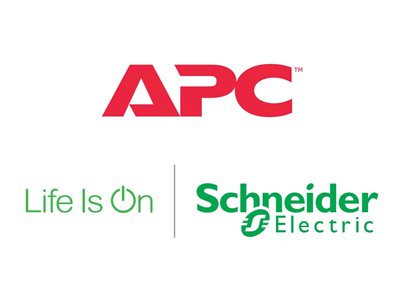Television Buyer’s Guide
If you’re in need of a new television, you’re in the right place. This basic buyers guide will go over two major sections: the features and what you need to consider during the purchasing process. With so many televisions flooding the market, it’s hard to choose which one is the best.
That’s why guides like this exist. To help you play your own ‘Elimination’ game and find the right television for yourself. You may whittle down your options based on some of the features, the price, and whether or not it satisfies your critical needs.
Now, let’s go over the features that come with a television you might be looking for.
Features to look for
Screen size
The screen size is measured diagonally from one corner to the other. This will insure the size of the picture you are viewing while watching your favorite TV shows and movies.
Picture quality
This will determine the resolution of the picture quality of what you’re watching. You might watch something where the movement is fluid. Or it might be slightly grainy.
HDMI/USB connectivity
Most modern TVs will have HDMI and USB ports for other devices. These include but are not limited to LED strips, home theater systems, additional speakers, and other accessories. The number of HDMI and USB ports will vary from one TV to another.
HDR (High Dynamic Range)
HDR is designed to provide a better boost for your TVs contrast, brightness, and color. The purpose of this is making the picture look as realistic as possible. TVs with this feature will perform much better than a standard high definition TV that you’ll find on the market.
There are different types of HDR technologies that exist which ensure a better viewing picture.
Additional apps
Most modern televisions will be smart TVs. Which means they will include built-in apps that you can download. These include but are not limited to Netflix, Hulu, YouTube, and others.
However, if you already have a streaming device such as an Amazon Fire TV stick or Roku, you can skip this feature altogether. That’s because it will have the same apps on those devices so there would be no point in downloading them on a standalone Smart TV.
Now that you know some of the most vital features, we’ll take a look now at the buyer’s guide. This will help you make an informed decision based on the following factors. Let’s take a look now at the following:
What screen size do I want?
The screen size may be more of a preference than a need. However, if you are looking for better picture resolution, you may need to upgrade the size. Back in the day, 50 inch screen televisions were seen as the ‘big ones’.
We now live in an age where they seem more commonplace. You’ll see televisions measured from 55 inches and beyond on the market. The screen size should also determine how close you can sit in front of it.
For example, if you are purchasing a 60-inch screen TV, you’ll want to sit at least 8 feet (96 inches) away from it. This will ensure the maximum field of view for you and anyone else. You want the viewing experience to be as comfortable as possible.
Keep in mind that the larger the screen, the more it will be in terms of price. We’ll explain what can factor into the price of a television later on in the buyer’s guide.
What kind of technology do you want?
There are different types of television technology that are available today. You have heard of LCD TVs. However there are different TVs that will be emerging on the market including QLED-TVs.
A QLED-TV features backlights that can be dimmable while boosting the HDR performance in a television. This is intended to provide you with viewing angles that are unlimited, peak brightness, and colors becoming more vibrant (among others).
At this point in time, LCD TVs may be the best kind of technology. It’s improved vastly over the years. However, by the time you read this, QLED-TVs may have already hit the market.
Now, it comes down to what you’re looking for in terms of the picture quality.
Picture resolution
Staying within the topic of picture quality, the resolution is another thing to focus on. Today, 8K is believed to be the highest resolution. However, it might not be the right time to purchase them just yet.
So your best picture quality for now will be 4K. You still get a crisp, lifelike resolution when you’re watching your favorite TVs and movies. Other resolutions include 1080p and 720p among others.
Again, the picture resolution will come down to the size of the screen itself. Smaller screen TVs will have lower resolutions. Likewise, larger screens will have higher picture resolutions.
USB/HDMI Ports
Are you planning on installing other devices? It can be a soundbar, a home theater system, or a gaming console. But you will need connectivity ports to set it all up.
Gone may be the days where you’ll need a coaxial and a converter (unless you need one). These ports will ensure that there is less need for wires and a faster way to set up other equipment for your TV.
Price
Last but not least, price might play a role in your decision process. However, you still need to consider the other factors. There are reasons why a TV may be priced the way it is.
It can be the size, the picture quality, and other better quality features. Don’t go for cheap and sacrifice quality. Find out which TV will satisfy your most critical needs and choose the best one you can afford.
Final Thoughts
If you are looking for a television, it’s important to find out which one will stand out. Find out which TV will work for you best in terms of our considerations above. Do you want something that’s large with excellent picture quality?
Or do you want something that is reasonable in size, but good enough in picture quality? Either way, it’s up to you to find the best television for yourself.







